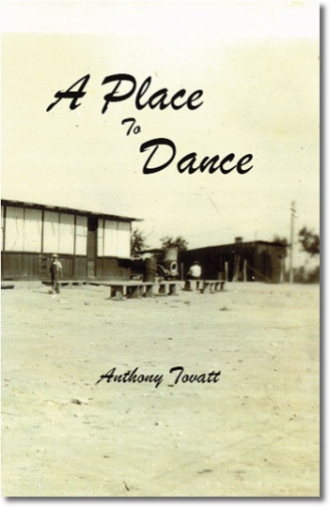A Place to Dance
by
Book Details
About the Book
The Cuchat family of Dave, his wife, Martha, and children Robert (Bub) and Faye faced a direct threat from the local klan when a contingent of sheeted and hooded figures marched in military fashion and lined up on the road in front of the Cuchat's dance pavilion and little house.
The leader made two charges: 1) David Cuchat operated an evil business, a dance pavilion, that threatened the morals of 100 percent Americans; 2) David Cuchat was a Catholic and thus was loyal to the Pope at Rome, not to the government of the United States.
Told to leave with his family in one week or suffer the consequences, Dave declared to the klan his right as a U.S. citizen to operate a legal business and to attend a church of choice. To demonstrate how he would protect his family and his business, he blasted a series of clay pigeons out of the air with deadly accuracy. The klan left quickly.
During the anxiety-filled summer, in which Dave's alcoholism added to the tension, his friends strove to help him short-circuit klan activities. In September, however, the family's constant fears were realized and they were plunged into numbing despair - a despair, though, that quickly turned to hope when their neighbors offered the Cuchat family a chance to build a new and larger place to dance and possibly other attractions on the shores of Lake Buffalo.
Thirteen-year-old Bub tells the story.
About the Author
I grew up in the area in which the story is set. During my high school years, I was certain that I wanted to become a journalist and worked on our school newspaper and later, on my college press.
Envisioning a life as a journalist, I began early to scribble notes on stories of people and events of local interest. These have proven invaluable in my writing this novel so many years later. Graduated from college in 1938, I could not find a newspaper job and was forced to shelve my early dreams. Fortunately, though, I applied and was hired to teach in a one-room, two-year rural high school in southwestern Colorado on the condition that I "could handle big boys." From a neighbor I learned that the big boys usually beat up and ran off the teacher on the first day of school, so all could have a prolonged vacation.
Since I had wrestled and boxed in high school and college, I had no trouble quietly booting the ringleader out the door and settling the classes into their routines. After four years there, I went into the U.S. armed service in WWII.
A few years later, I completed requirements for the doctorate in English and education from the University of Colorado and taught for 26 years at Ball State University in Muncie, Indiana.
Over several years, my wife and I worked on the writing team that created five editions of the Themes and Writers literature series for McGraw-Hill Book Company.
We have three children and several grandchildren.


